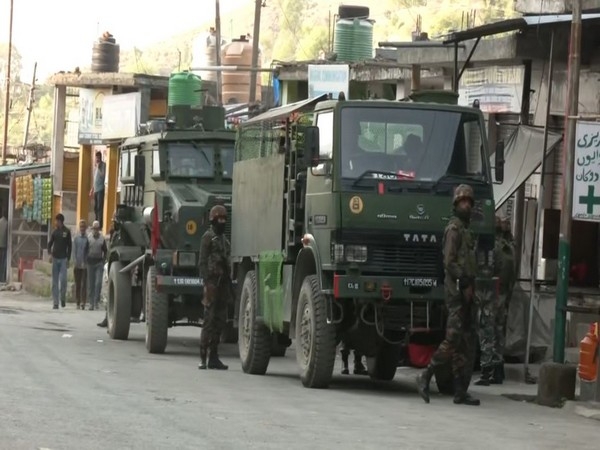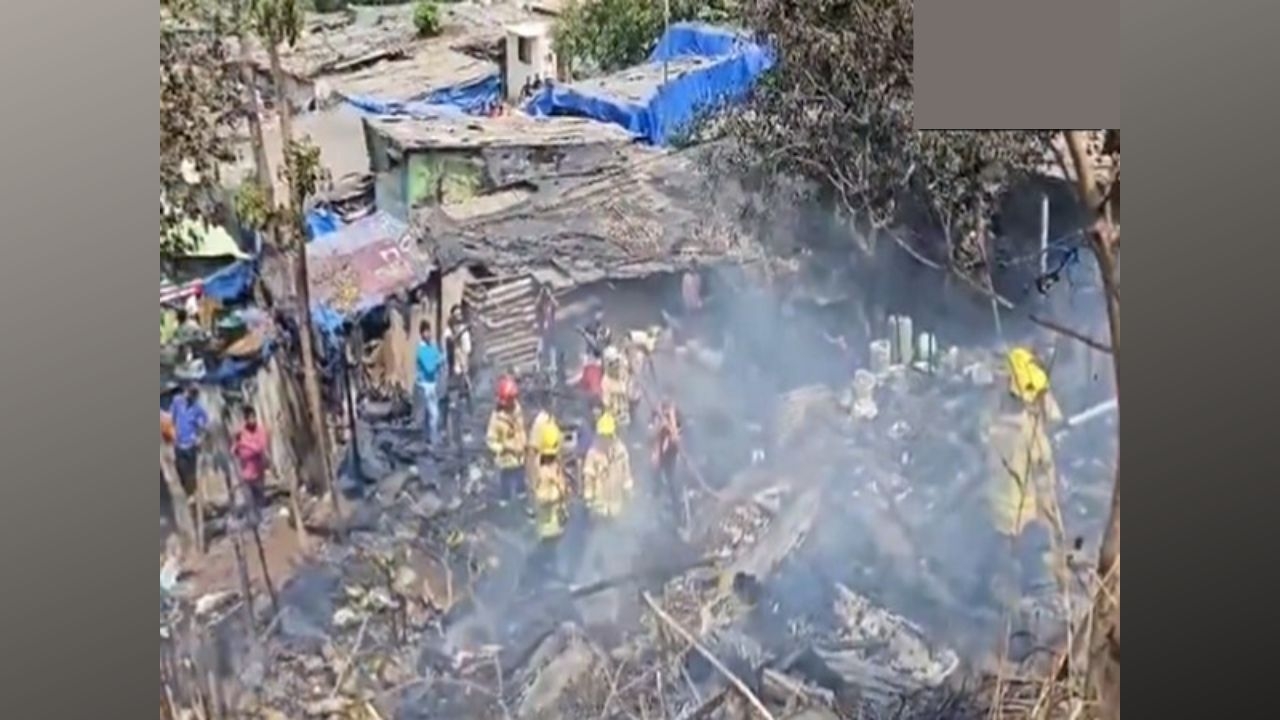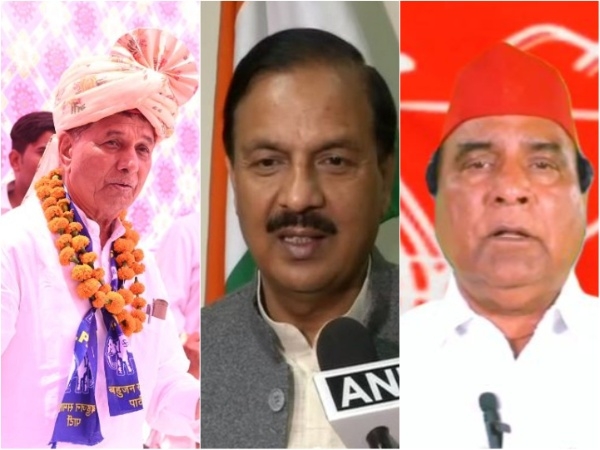Yogi Adityanath still has one case against him. Petitioner fears for his life
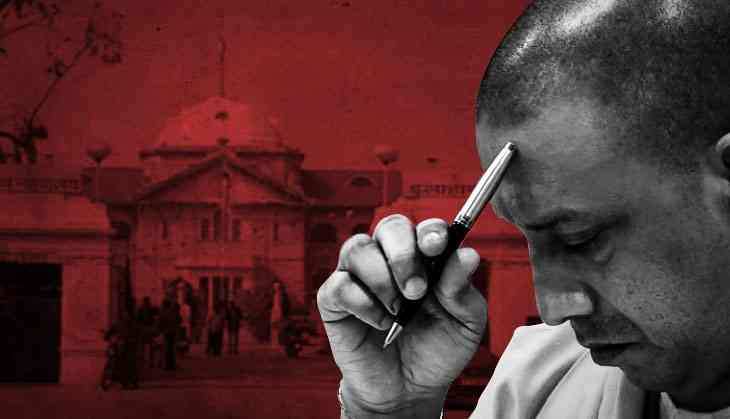
Yogi Adityanath got a shot in the arm on 22 February. The Allahabad High Court dismissed a petition challenging the Uttar Pradesh government’s refusal to sanction prosecution of the Chief Minister and dismissed the demand for a probe by the Central Bureau of Investigation into an alleged hate speech dating back to 2007.
Sanction was needed as Adityanath was charged under Indian Penal Code's Section 153 A, which deals with inciting communal violence.
With another petition concerning his prosecution having been dismissed earlier this month, Adityanath faces just one more case in which he and
several others have been charged with murder, criminal intimidation and inciting communal disharmony.
The case that made Yogi cry
The 2007 case made headlines after Adityanath, who was arrested and jailed for a brief period, wept uncontrollably in the Lok Sabha to plead his innocence in the January 2007 incident in which a youth was killed in clashes between two groups during a Muharram procession in Gorakhpur. Following the death of the youth, it is alleged, Adityanath made provocative speeches to seek revenge.
A division bench of Justice Krishna Murari and Justice Akhilesh Chandra, who heard the writ petition filed by Parvez Parvaz and Asad Hayat seeking probe by an independent agency as the state police’s CB-CID was “deliberately delaying and impeding investigation”, said: “We do not find any procedural error in the conduct of the investigation.”
The judges also did not find any wrong in “the refusal to grant sanction or any other illegality in the order, which may require any interference by this court”.
The state government had refused sanction to prosecute Adityanath and four other BJP leaders after the party came to power. The state home department, which is under Adityanath who holds the Home portfolio, claimed that the video evidence of his speech sent to the Central Forensic Science Laboratory in October 2014 was “edited and tampered”.
The petitioners’ contention was that the DVD sent for forensic analysis was not the one submitted by him.
Their counsel S Farman Naqvi said, “The CD we had submitted to the Gorakhpur court in 2008 was received in November 2017 by the high court along with the records of the Gorakhpur CJM’s court, it was opened in the presence of both judges and found in a sealed cover. When a CD is found intact by the HC then it should have asked which CD was examined by the forensic lab in 2014.”
Naqvi described the verdict as “hopelessly disappointing” and the findings “illegal and contrary to facts”. Parvaz now plans to move the Supreme Court.
The high court on 1 February upheld a lower court order granting Adityanath and others relief from prosecution in the hate speech case of 2007.
Filed by one Rasheed Khan, the petition challenged the verdict of the sessions court which dismissed the Gorakhpur CJM’s order taking cognizance of the sanction granted in 2009.
Dismissing Rasheed Khan’s petition, Justice Bala Krishna Narayana said: “No interference with the impugned order is warranted. This application lacks merit and is accordingly dismissed. However, by way of abundant caution, CJM (chief judicial magistrate) Gorakhpur, is directed to decide the matter afresh pursuant to the impugned order of remand strictly in accordance with law and in the exercise of his unfettered independent discretion, without being influenced by observations, if any, made by the revisional court in the impugned order.”
The high court remanded the case back to the Gorakhpur court and asked the lower court to also consider Rasheed Khan’s plea to argue against the rejection of sanction.
Claiming partial victory, Farman Naqvi, who also represented Rasheed Khan, said, “Our application has been partially dismissed. The order has gone in our favour because it gives scope for re-examination of the merits of the case by the judicial magistrate and a chance to put forward our arguments, something we were denied last time. We might also move the Supreme Court.”
Additional Advocate-General Manish Goel, who represented the state, told the Indian Express, “Cognizance of prosecution sanction was taken by judicial magistrate. But that cognisance order was set aside by a Sessions judge on behalf of the accused last year on the grounds that it was not applicable in the eyes of the law.”
The Gorakhpur police filed a charge-sheet after the 2007 riots stating that the accused had participated in spreading disharmony under section 153 A of the IPC, which required state sanction prior to prosecution. This sanction was said to have been given in January 2009 and the chief judicial magistrate took cognisance of the sanction.
In 2014, one of the accused moved a revision application challenging the cogniance order in the court of additional sessions judge Shiva Nand Singh, who held that the CJM’s order was “bad in law and without jurisdiction” as it was not signed by the designated authority.
Rasheed Khan then moved the High Court.
Maharajganj Case
After the dismissal of the two petitions against him for inciting communal violence, Adityanath has just one more case to contend with.
In 1999, VK Srivastava, the station house officer of Kotwali police station of Maharajganj district, bordering Nepal, lodged an FIR against Adityanath, who was then a BJP MP and 24 other named accused under various sections of the IPC, including murder.
The IPC sections, besides 307 (murder), under which the case was registered included, criminal intimidation (506), promoting communal disharmony (153A), trespassing on burial spaces (297), defiling/ destroying/ damaging any place of worship with the intention of insulting the religion of any class.
According to the FIR number 43/99 lodged by SHO VK Srivastava Adityanath, armed with guns and rifles, and his supporters reached Pachrukhia village in 14-15 vehicles and started making provocative speeches and then reached a graveyard, raising slogans. They started breaking graves and planting peepul saplings. “When we policemen opposed this, Adityanath began to threaten us and began making provocative speeches to incite communal passion,” the SHO stated in his FIR.
The police FIR said that 13 persons were arrested on the spot but “Adityanath fled with his supporters towards Maharajganj”. They reached a place where Samajwadi Party leader Talat Aziz was addressing her party workers. “On being exhorted by Adityanath, his supporters began firing at the SP workers while fleeing towards Maharajganj. Talat Aziz’s security guard, Head Constable Satya Prakash Yadav, was grievously injured. Three others, Afaq Ali, Najmulla and Ishrat, were injured in the firing,” the FIR stated.
Despite the FIR being filed by the police, the case had dragged on until Adityanath became the Chief Minister. Although Adityanath is the main accused, he did not appear before the lower court where the case was being heard, said Talat Aziz who has been making regular appearances. As the hearings have picked up speed, Aziz is afraid of being harmed.
First published: 26 February 2018, 22:55 IST
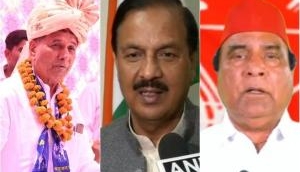
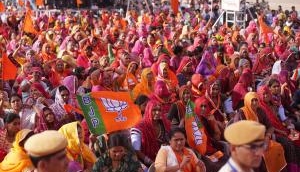

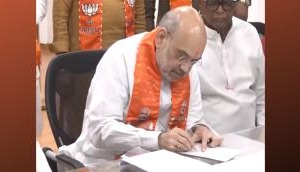
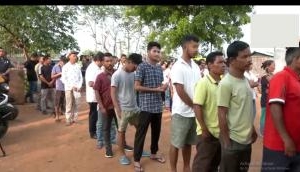
![BJP's Kapil Mishra recreates Shankar Mahadevan’s ‘Breathless’ song to highlight Delhi pollution [WATCH] BJP's Kapil Mishra recreates Shankar Mahadevan’s ‘Breathless’ song to highlight Delhi pollution [WATCH]](http://images.catchnews.com/upload/2022/11/03/kapil-mishra_240884_300x172.png)

![Anupam Kher shares pictures of his toned body on 67th birthday [MUST SEE] Anupam Kher shares pictures of his toned body on 67th birthday [MUST SEE]](http://images.catchnews.com/upload/2022/03/07/Anupam_kher_231145_300x172.jpg)



